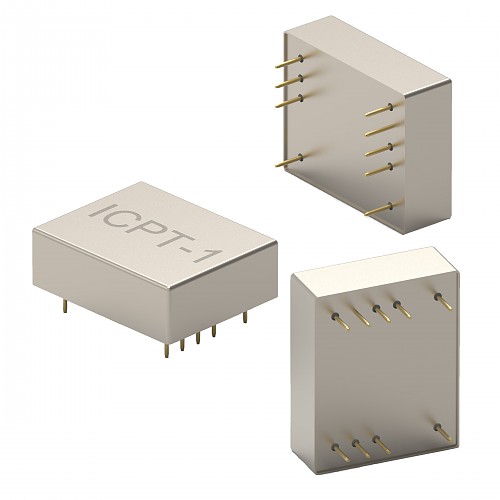Next Generation Chip Scale Atomic Clock
Posted: 10th December 2020
 With the world moving towards global synchronous communication and data distribution, and high accuracy for autonomous applications, the need for greater timing accuracy is at the forefront of design engineers’ minds. One should not be forced to compromise application design parameters to account for the requirements of the on-board oscillator. This blog provides an insight into both traditional and new technologies of atomic clocks.
With the world moving towards global synchronous communication and data distribution, and high accuracy for autonomous applications, the need for greater timing accuracy is at the forefront of design engineers’ minds. One should not be forced to compromise application design parameters to account for the requirements of the on-board oscillator. This blog provides an insight into both traditional and new technologies of atomic clocks.
To find an oscillator with the best long term and short term stability to incorporate into a product, engineers often consider using a rubidium (Rb) oscillator. They can offer great short term stability as well as long term stability (ageing), which is truly a fantastic combination. All this can be housed in a PCB mountable product.
A traditional rubidium physics package consists of an Rb lamp, a vapour cell of Rb gas and light sensor. The physics package takes advantage of the hyperfine transition of electrons in rubidium atoms to produce a stable output frequency.
It’s an incredible piece of technology combining quantum physics and radio frequency (RF) electronics to create a timing signal, and can only be outperformed by much bigger Caesium base systems. However, the concept means that the vapour cell needs to be heated to a high temperature, so the Rb lamp can be very power consuming, consequently the rubidium oscillators can have a limited life.
Everyone that works in the electronics industry knows the trend is moving towards lower power consumption and smaller size devices. Perhaps it’s time to look at a new technology...
It’s been nearly 20 years since the Defence Advanced Research Projects Agency (DARPA) and National Institute of Standards and Technology (NIST) first worked on a chip scale atomic clock. It took another 10 years until others started to work on a commercial version of this product. These products use a slightly different form of physic package known as a coherent population trap (CPT).
The CPT design uses a Rb vapour cell, but instead a lamp it utilises a laser in order to both excite the atoms to a higher state and as a means of detecting this change in quantum state.
That’s very intersting for those living in the world of oscillator design. But more importantly to those looking for the best long term stability and the best short term stability in an oscillator, combined with a lot less current draw and a lot smaller in size!
Specially developed for applications where size, power consumption and heat dissipation are very high design priorities. The CPT design is ideally suited for use in a grandmaster clock, primary reference time clock (PRTC) or boundary clock in a precision time protocol (PTP) network hierarchy, where being able to easily fit inside a 1 U rackmount enclosure is a must. Additionally as the device typically runs cooler this makes it ideal for applications that do not require forced air-cooling.
If you are looking for a next generation chip scale atomic clock (CSAC) IQD has released the ICPT-1. A perfect addition to the company’s rubidium oscillator portfolio.
This product is only 14.5 mm high, draws 1.6 W and runs on a 3.3 V supply! This supply voltage provides the opportunity to develop systems with a single supply rail. The device ships with a CMOS, square wave output. This reduces the need for additional circuitry as the device can integrate seamlessly with existing system architecture.
